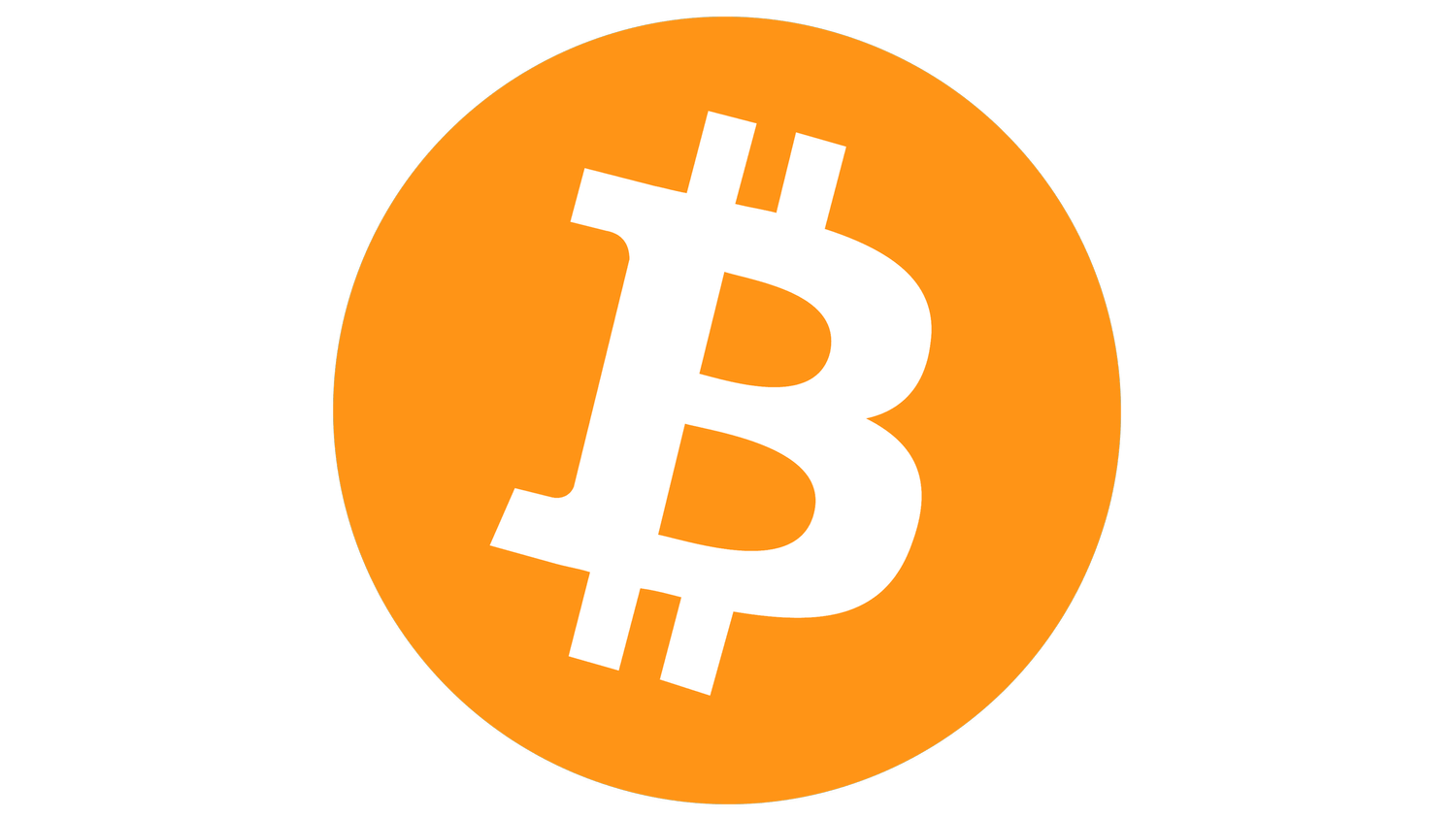Bitcoin reserve strategy $SBR
“Every country should have a strategic bitcoin reserve” -Brian Armstrong, CEO @Coinbase
Bitcoin Reserve Strategy is the strategic management and planning around the acquisition, holding, and potential use of Bitcoin as part of a nation's or corporation's financial reserves. Here are some of the key responsibilities and activities such a strategist might undertake:
1. Strategic Planning: Develop strategies for how Bitcoin might be integrated into reserve assets, considering its volatility, market trends, and potential as a hedge against inflation or currency fluctuations. - Analyze the geopolitical and economic implications of holding Bitcoin as a reserve asset, potentially influencing national policy or corporate strategy.
2. Acquisition Strategy: Plan the timing, quantity, and method of acquiring Bitcoin. This could involve setting up a framework for purchasing Bitcoin over time, as proposed by Senator Cynthia Lummis with the plan to acquire up to 1 million BTC over five years.
3. Risk Assessment: Conduct risk assessments regarding Bitcoin's market volatility, regulatory changes, technological risks like network security, and the economic impact of large-scale Bitcoin transactions.
4. Policy Development: Work with government or corporate bodies to develop policies or legislation that govern the management of Bitcoin reserves. This includes advising on the legal and fiscal implications of holding Bitcoin.
5. Economic Impact Analysis: Study how Bitcoin reserves might affect monetary stability, national or corporate balance sheets, and the broader economy. This includes analyzing scenarios where Bitcoin might act as a stabilizing or destabilizing factor.
6. Integration with Traditional Reserves: Evaluate how Bitcoin can be integrated with traditional reserve assets like gold or foreign currencies. This might involve creating models for how Bitcoin could complement or substitute these assets under different economic conditions.
7. Market Influence: Monitor and perhaps influence market dynamics by strategic buying or holding strategies, which could affect Bitcoin's value and market perception.
8. Long-term Holding Strategy: Propose and manage a long-term holding strategy, potentially including never selling Bitcoin, as hinted by former President Trump's comments on retaining seized Bitcoin.
9. Innovation and Technology: Stay abreast of developments in cryptocurrency technology, blockchain, and related financial technologies that could impact the use of Bitcoin as a reserve asset.
10. International Relations: Consider how a national Bitcoin reserve might affect international trade, treaties, or relations, especially in the context of digital currencies becoming more mainstream.
11. Public Communication: Communicate strategies, benefits, and risks to stakeholders, including investors, policymakers, and the public, to build or maintain confidence in the use of Bitcoin as a reserve. The role requires a deep understanding of both traditional finance and the emerging field of cryptocurrencies, along with skills in strategic planning, economics, and policy-making. This position would be pivotal in navigating the complexities of integrating a relatively new asset class like Bitcoin into established financial systems.
Embrace the Future of Finance with Bitcoin
1. Unmatched Scarcity: Bitcoin has a capped supply at 21 million coins. This scarcity mimics gold's properties, potentially leading to value appreciation as demand increases.
CIRCULATING SUPPLY: 19,794,112
On average, how long does it take to mine ONE BITCOIN?
On average, it takes approximately 10 minutes to mine one block on the Bitcoin blockchain. LINK: LEARN MORE about THE VALUE OF SCARCITY
2. Decentralization and Security: No single entity controls Bitcoin. Its decentralized network provides a level of security against censorship, fraud, and manipulation not found with traditional currencies.
3. Inflation Hedge: With global economies facing inflationary pressures, Bitcoin is often seen as a digital gold, offering protection against currency devaluation.
4. Growing Institutional Adoption: Major companies like Tesla, MicroStrategy, and even some banks are now holding Bitcoin on their balance sheets, signaling mainstream acceptance.
5. Bitcoin Halving Events: The upcoming halving will decrease the rate of new Bitcoin creation, historically leading to price increases due to supply reduction.
CoinGecko… WHEN IS THE NEXT BITCOIN HALVING?
1,221 days from Today: December 10, 2024
6. Increasing Liquidity: As more exchanges, payment processors, and financial institutions support Bitcoin, its liquidity continues to improve, making it easier to trade.
7. Technological Maturity: With the Lightning Network and other layer solutions, Bitcoin's scalability issues are being addressed, enhancing its utility for transactions.
8. Safe Haven Asset: In times of economic uncertainty, Bitcoin has been viewed as a safe haven, similar to how investors turn to gold.
9. Global Financial Inclusion: Bitcoin enables financial services access to the unbanked and underbanked populations worldwide, promoting financial inclusion.
10. Diversification in Portfolio: Adding Bitcoin to an investment portfolio can potentially increase returns due to its low correlation with traditional assets like stocks and bonds.
ARTICLES:
12-04-24 - nobody can ban bitcoin - https://www.linkedin.com/pulse/bitcoin-putin-nobodycanbanbitcoin-12-04-24-nicholas-conenna-xnr9e -
the gist: Vladimir Putin has said publicly in a recent news interview: “Who can ban Bitcoin? Nobody.” Exactly.
Stay Updated:
Sign up below for email “roundups”
Social Media: Links to Twitter and LinkedIn








